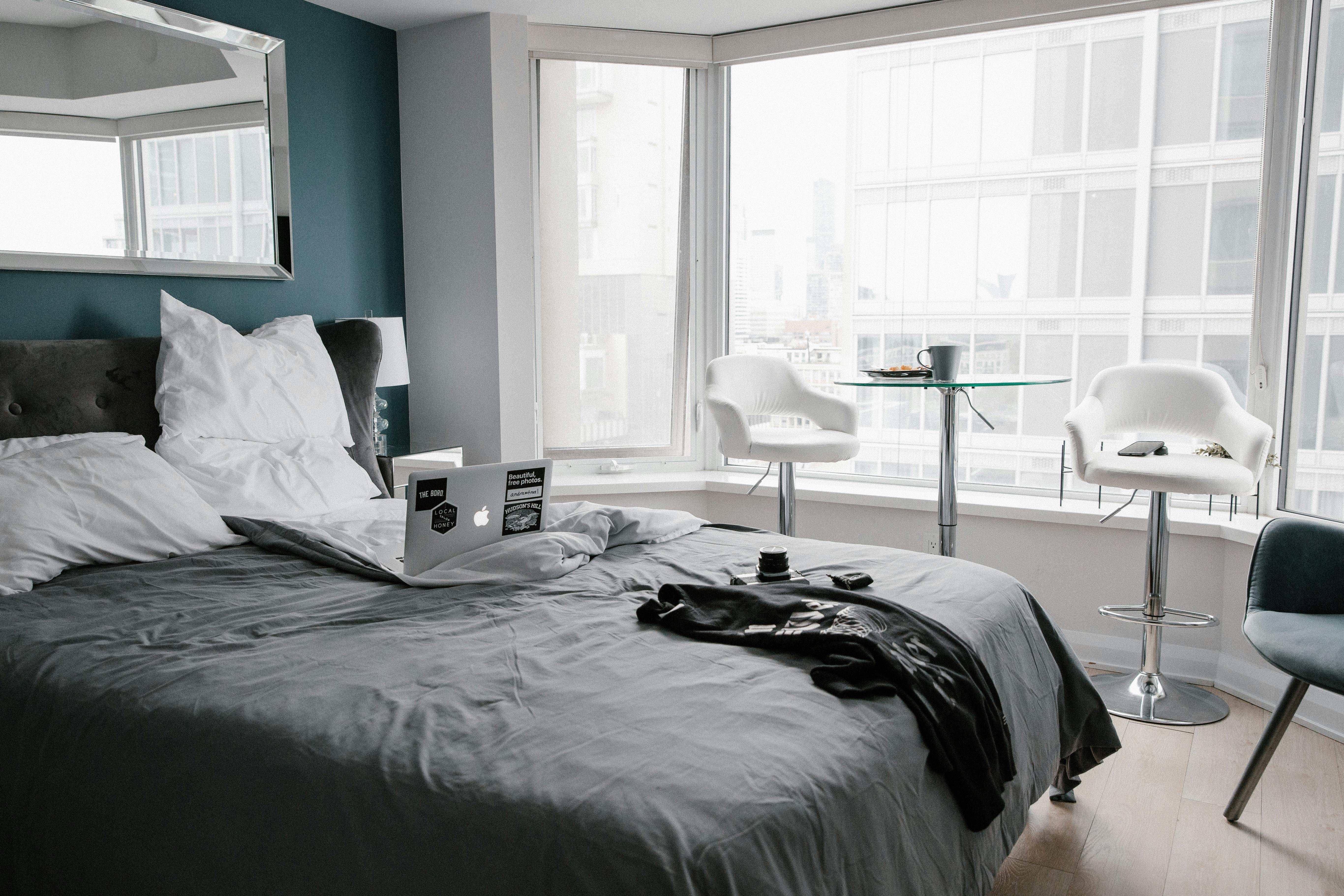Video conferencing is a highly technical and very complicated technology that has been structured from the ground up to be as simple and user-friendly as possible. Although video conferencing has only become a viable medium in recent years, it has become an attractive option for communicating with friends, family, colleagues, and clients. Despite its simplicity, there are many things you can do, or not do, to ensure a great virtual meeting.
1. Give and take, questions and answers, are the basis of communication. In a video conference, you are hampered by not having everyone in front of you. This is especially evident when you ask a question, as it is sometimes difficult for participants to know who you are talking to. Be sure to say a person’s name at the beginning of your question.
2. A specific problem with virtual meetings is the mute button. Mute buttons are essential for a quiet and orderly meeting, and their use should be encouraged. However, they can slow down question and answer sessions, especially impromptu ones. When you ask someone a question, be sure to give them a few seconds to answer. This gives them time to reactivate the sound.
3. With everyone separated, it is difficult to reach a consensus. Asking people to raise their hands if they agree only really works in smaller video conferences where you have a window for each person. In larger calls or in multiple meeting rooms, it may be impossible to get an accurate response. Prepare your questions to address the fewest number of answers. For example, don’t ask if everyone understands; ask who does not understand.
4. Video conferencing technology is high-tech, but that just means that it will do what it is supposed to do. Yelling or talking loudly is not only annoying, but also shows inexperience with virtual meeting technology. Speak in a normal tone of voice. Don’t worry, they will listen to you.
5. If you can’t help but worry that people won’t be able to hear you, test your sound first. Have your participants introduce themselves at the beginning of the conference. Not only will this help break the ice, but it will also allow you to hear its volume and sound quality. If you’re still eager for your own outing, just ask someone if you can hear it right.
6. It may seem counterintuitive, but you shouldn’t look at people on your screen very often, especially when addressing them. The best place to look while talking is directly at the camera lens. Your participants will have the impression that you are looking directly at them. This creates a more pleasant and trustworthy experience between them and you.
7. If you have done your preparations correctly, you will know exactly how far you can move while in front of your camera. To help you reach your “mark”, use the mouse as an anchor point. Hold your mouse naturally while setting up your camera. Then, as you move back and forth, pay attention to how far your arm bends or straightens. When live, you can stay on screen without being distracted.
8. Unless you’ve spent $ 50,000 to $ 150,000 on your video conferencing setup, you won’t have perfectly smooth video that’s indistinguishable from real life. Therefore, you must work within the limitations of yourself and the equipment and bandwidth of your participants. The most important thing to remember is to keep your gestures small and your movements slower than normal. A little attention to this detail will minimize any choppy effects.
9. Your clothes say a lot about you, but through a video conference, some clothes say it out loud. To give the best view of yourself, try dressing in light pastels and muted colors. Bright and strong colors can make your skin look weird on screen. Do not use completely light or completely dark colors to avoid contrast or white balance problems. Busy employers are also something to avoid.
10. While your clothing tells participants about you, so is the location from which you chose to speak. Aside from the obvious point that what you have on your desk and behind you will make an impression on your participants, it can also be detrimental to the quality of your video. Try to have a clean or bare background with a neutral color. Keep all visible areas of the camera neat and orderly. Not only will it look better on screen, it says something about how it works.
Video conferencing is a great way to save money, time, and energy while still doing as much or more work than before. They are high-tech and deserve a lot of “cool” spots in the business world. If you put in the time and planning, your video conferencing can be like the technology itself: complicated, but fluid and cutting-edge.


